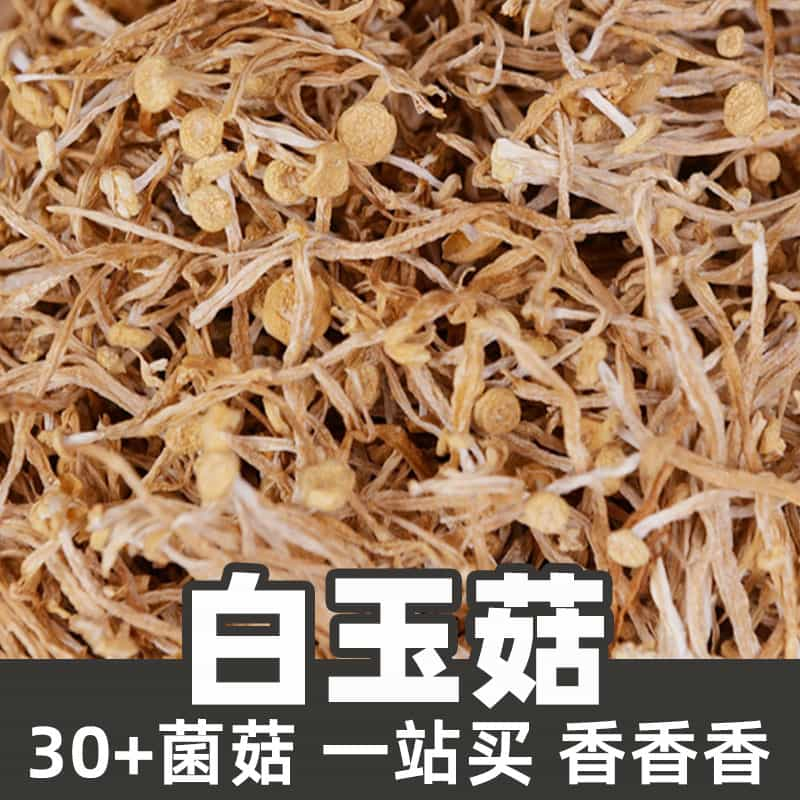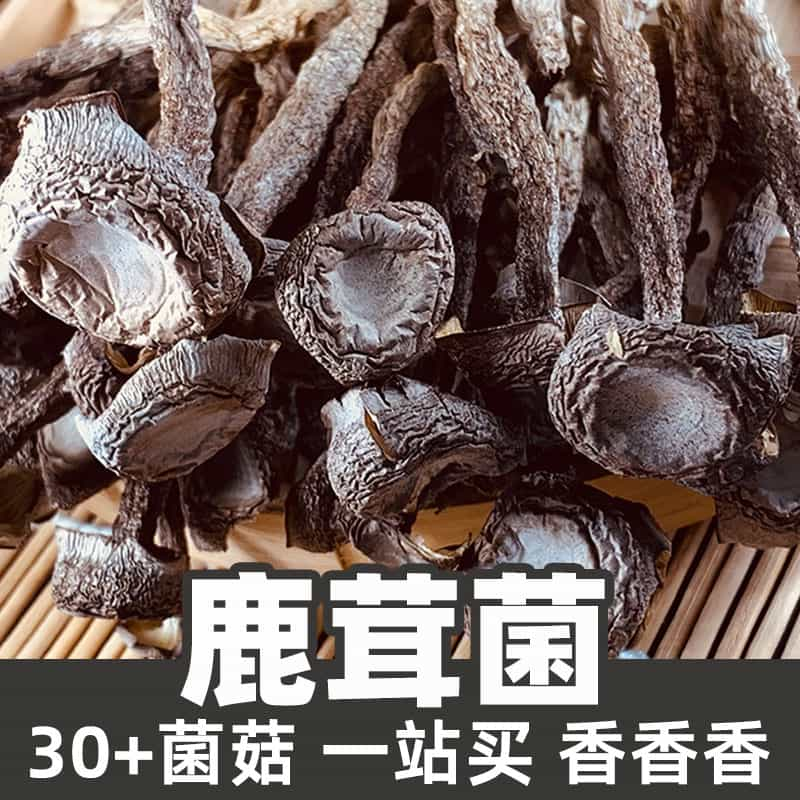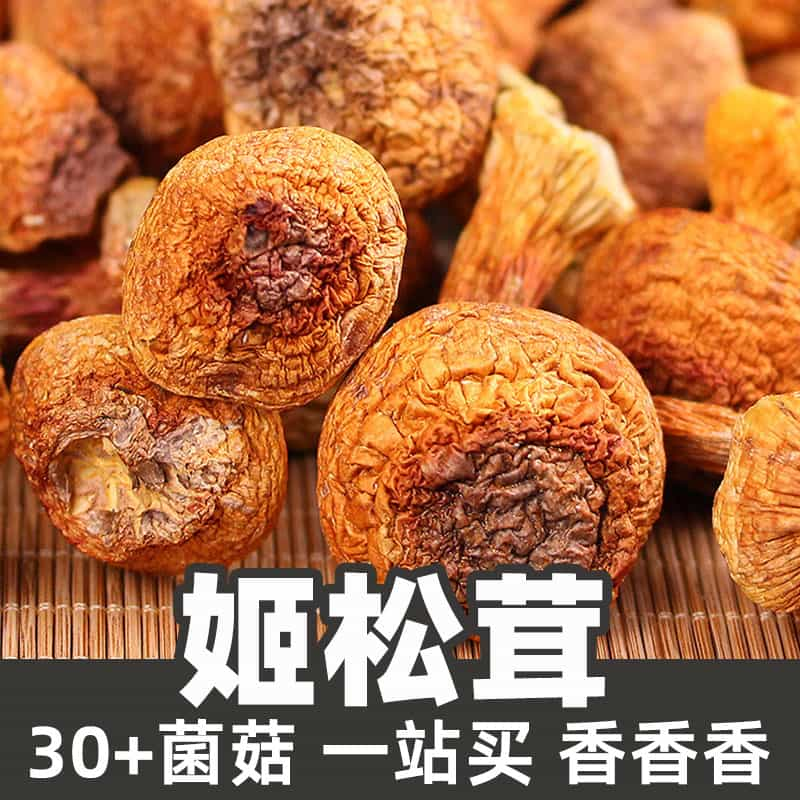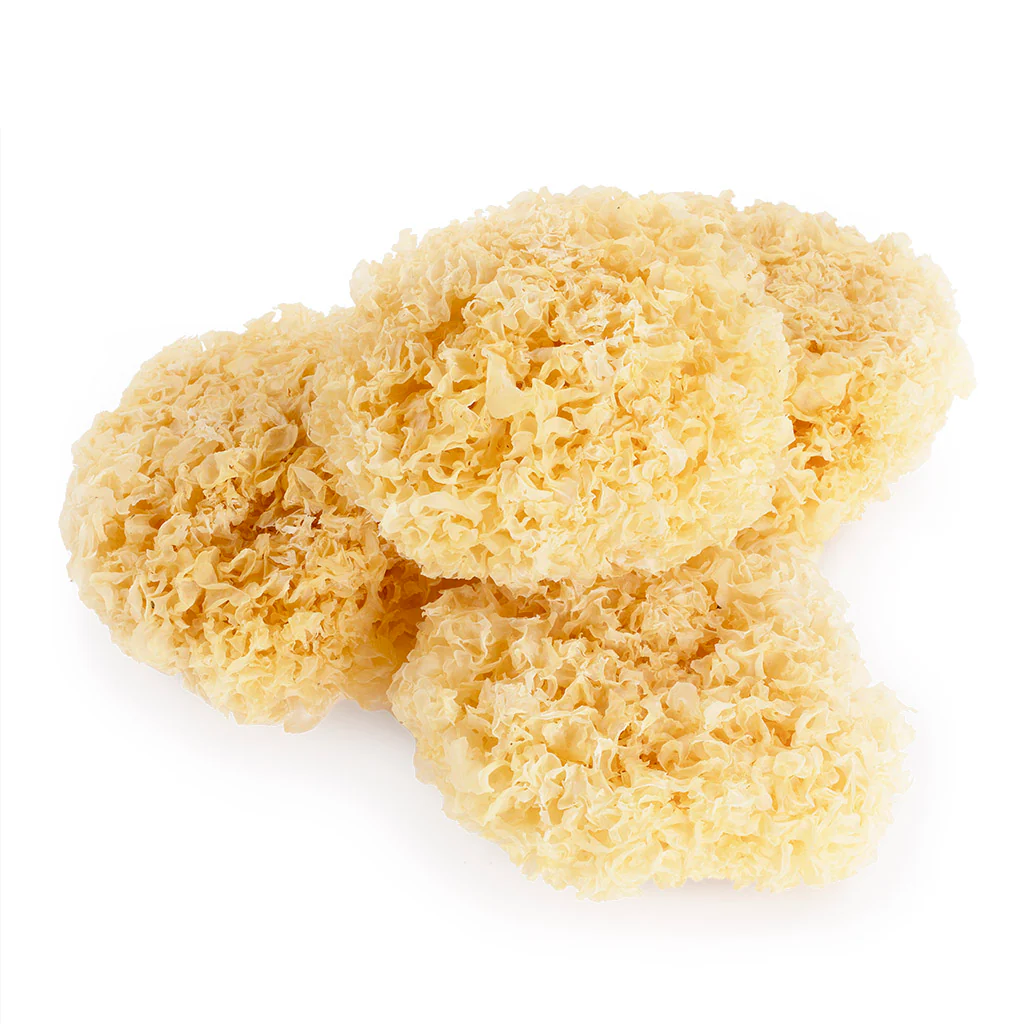Product Introduction
The straw mushroom, scientifically known as Volvariella volvacea, is a popular edible fungus indigenous to tropical and subtropical regions. This mushroom thrives in warm climates where it grows on decomposing plant matter, particularly straw, which serves both as a substrate and a source of nutrients. Cultivated primarily in Asia, particularly in countries like China, Thailand, and Indonesia, the straw mushroom has secured its place in culinary traditions due to its distinct flavor and texture. Its culinary versatility makes it suitable for a variety of dishes, including soups, stir-fries, and salads, where it adds a unique earthiness. Besides adding flavor, straw mushrooms also contribute nutritional benefits, making them a staple in many households. Not only do they enhance the taste of meals, but they are also low in calories and packed with essential vitamins and minerals, appealing to health-conscious consumers. The growing interest in plant-based diets further propels the emergence of straw mushrooms as a substitute for meat due to their fibrous texture and ability to absorb flavors. With a surge in awareness regarding functional foods, straw mushrooms are being recognized for their potential health benefits, which further solidifies their importance in both culinary and nutritional realms.
Nutritional Composition
Straw mushrooms are celebrated not only for their culinary uses but also for their impressive nutritional profile. They are low in calories, making them an ideal addition to a balanced diet while providing vital nutrients. One of the key active ingredients in straw mushrooms is polysaccharides, particularly beta-glucans, which are known for their immune-boosting properties. These compounds may help enhance the body's defenses against infections and disease. Furthermore, straw mushrooms contain a range of proteins, which are essential for maintaining muscle health and repairing body tissues. They also boast significant fiber content, aiding in digestive health and promoting a feeling of fullness, which can assist in weight management.
In terms of vitamins, straw mushrooms are rich in B vitamins, including riboflavin, niacin, and folate. These vitamins play crucial roles in energy metabolism and the functioning of the nervous system. The presence of essential minerals, such as potassium, phosphorus, and selenium, adds to their nutritional value. Potassium helps regulate blood pressure, while selenium is an antioxidant that protects cells from oxidative stress. Additionally, straw mushrooms have been found to contain certain phenolic compounds, which exhibit antioxidant properties, potentially helping to combat inflammation in the body. The overall composition of the straw mushroom makes it a valuable food for enhancing nutritional intake, supporting overall wellness and health.
Application Scenarios
Straw mushrooms find a diverse range of applications, particularly in Asian cuisine, but their versatility allows for innovative uses in various culinary scenarios. In traditional dishes, they are most commonly utilized in soups and stir-fried meals. The mushrooms' firmer texture allows them to hold up well during cooking, absorbing flavors from surrounding ingredients while adding a subtle umami taste. One popular preparation includes adding straw mushrooms to hot and sour soups, where they enhance the dish's depth.
Beyond soups and stir-fries, straw mushrooms can also be marinated and grilled, making them a suitable option for barbecues or fancy dinners. They can be sliced thin and featured in salads, providing a chewy texture that contrasts well with fresh greens and dressings. In addition to their traditional uses, there is increasing interest in utilizing straw mushrooms in modern culinary creations like gourmet pizzas, pasta dishes, and even as a topping for burgers.
Moreover, straw mushrooms are gaining traction in the health food market, being processed into powders for nutritional supplements or added to smoothies for an extra nutrient boost. Their rich flavor and health benefits make them an ideal addition to vegetarian and vegan diets as a meat alternative. As awareness around health and nutrition grows, the application of straw mushrooms continues to expand across various cuisines and dietary trends.
Growth Environment and Geographic Distribution
Straw mushrooms prefer warm, humid environments and thrive on decaying plant matter, particularly straw from rice, wheat, and other crops. They typically grow in tropical and subtropical regions, making them a common sight in countries like China, Thailand, India, and Indonesia. The ideal temperature range for cultivating straw mushrooms is between 25°C to 35°C (77°F to 95°F), along with high humidity levels, usually around 80-90%.
In a cultivation setting, straw mushrooms can be grown both indoors and outdoors, provided the conditions are controlled to mimic their natural habitat. Farmers often utilize agricultural waste, transforming straw into a valuable resource for mushroom production. This practice not only yields mushrooms but also contributes to waste reduction and sustainability within farming systems.
Wild populations of straw mushrooms can be found in fields, pastures, and forest edges, where conditions are favorable. During warmer months, they emerge on decomposing organic matter. However, due to extensive cultivation practices, wild straw mushrooms are less frequently harvested compared to their cultivated counterparts. As demand for straw mushrooms continues to rise, cultivation practices are also expanding to regions beyond their traditional growing areas, including parts of North America and Europe, thus increasing their global availability.
Harvesting, Processing, and Storage
Harvesting straw mushrooms involves careful timing and technique to ensure optimal freshness and quality. The mushrooms are typically ready for harvest within a few weeks of planting, as they mature quickly under the right conditions. Farmers often monitor growth closely, looking for the telltale signs of maturity, such as the opening of the caps. Harvesting is done by hand to minimize damage to the mushrooms and the surrounding substrate.
Post-harvest, straw mushrooms undergo processing to prepare them for consumption and to extend their shelf life. Freshly harvested mushrooms can be cleaned gently to remove any debris, and then they are sorted based on size and quality. They are either packaged for immediate sale or can be processed further.
One common method of preservation is drying, which involves removing moisture from the mushrooms, significantly extending their shelf life. Dried straw mushrooms can be stored in airtight containers in a cool, dark place and can last several months or even longer. Before use, dried mushrooms usually require soaking in warm water to rehydrate them, restoring their texture and flavor.
Fresh straw mushrooms are best used within a week after harvest, as they have a shorter shelf life compared to their dried counterparts. Storing them in a cool, dry place, preferably in a paper bag to allow for air circulation, can help maintain their freshness. Overall, proper harvesting, processing, and storage techniques are essential to maximize the flavor, nutritional value, and longevity of straw mushrooms.
Monica Sun is a seasoned expert in the natural raw materials industry, with over a decade of experience specializing in traditional Chinese medicinal herbs, spices, and fungi. She is skilled in the sourcing, processing, and application of these materials, emphasizing sustainability and innovation. Monica Sun has contributed to the development of high-quality natural raw materials that serve as essential components in functional foods, pharmaceuticals, and cosmetics, delivering tailored solutions to meet diverse market needs.

















